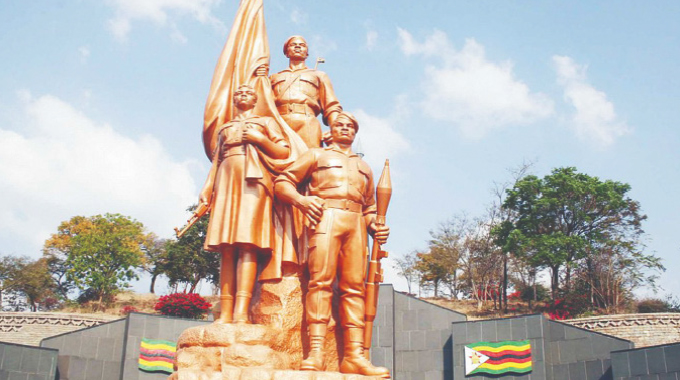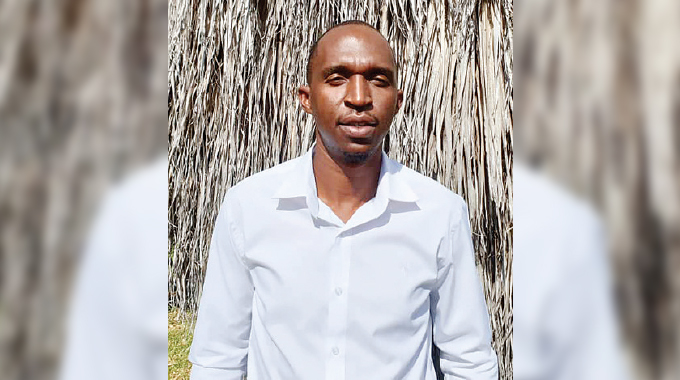COMMENT: Under our watch, Bulawayo is dying

BULAWAYO is the second largest city in Zimbabwe and the largest city in the country’s Matabeleland region. The city was founded by the last Ndebele monarch, King Lobengula Khumalo, the son of the founding ruler King Mzilikazi. Early settlers, using the region’s immense natural wealth, turned Bulawayo into a boom town after 1893. The arrival of the railways in 1897 made it the country’s major centre for mining, ranching, and industrial activity.
Bulawayo fast became a city to reckon with. With its clean tree-lined boulevards, recreational parks filled with flowers and other plants, and charming architecture, the city was the country’s smartest metropolis and a marvel to both visitors and residents.
Bulawayo also has some interesting places to visit. The Natural History Museum of Zimbabwe, located in the city centre, is a great place to learn about the country’s history and culture. The museum has a collection of over 75 000 specimens of mammals, birds, reptiles, fish, insects, and plants.
The National Gallery of Zimbabwe in Bulawayo is another must-visit place. The gallery has a collection of contemporary and traditional Zimbabwean art, including paintings, sculptures, and textiles.
Sadly, though, today Bulawayo is a pale shadow of its former self and an eyesore. The city’s dirty and crowded streets and unmanicured landscapes are no longer a delightful way to pass a few hours. From a reliable garbage collection schedule to public lighting and traffic light maintenance, the city has lost its charm.

King Lobengula
Yesterday we carried a report on an illegal dumpsite in the city centre which adds to a myriad of problems in Bulawayo including lawlessness, filth, and decay.
An illegal dumpsite has emerged near a busy road that connects the city centre and some eastern suburbs. The dumpsite is similar to Bulawayo City Council’s Richmond Landfill site, commonly known as Ngozi Mine.
Squatters have also turned an area next to a building belonging to Eveline High School into a camp. The area used to be the school’s hockey grounds. It has also become a crime hotspot while some apostolic faith sects have turned it into a worshipping area.
A few metres away from the dumpsite lies an illegal bus rank where inter-city buses have become a common sight. The public transporters used to operate from an illegal bus rank along Leopold Takawira Avenue near Centenary Park before moving to the illegal rank along 4th Avenue behind Eveline High School. The transporters, who continue to shun the Renkini Bus Terminus, have moved together with touts and vendors.
As the city fathers and all of us watch, Bulawayo is rotting away. King Lobengula’s capital now resembles a growth point. A lawless and filthy growth point. A growth point without leadership.
Now is the time for the city fathers to work with residents, central Government, the Zimbabwe Republic Police, and captains of industry to end the rot and revive the city.
The illegal dumpsite is testimony to what the city has become — rubbish. Bulawayo is a good example of a failed leadership.
How can the council sit back and watch as illegal dumpsites, bus ranks, and vending sites continue to be the order of the day? When will all this madness end?
Enough is enough, now is the time to save our city!












Comments